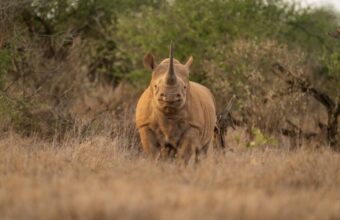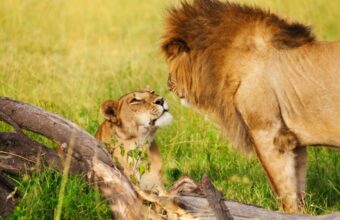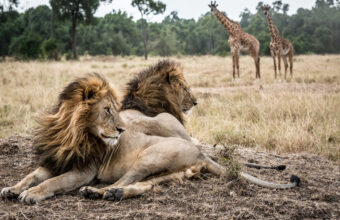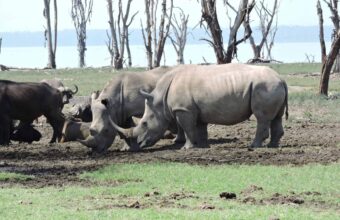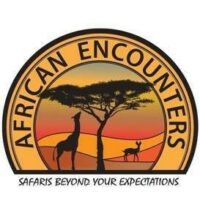Laikipia safaris
The Laikipia plateau area of central Kenya is one of the most exciting places in African conservation.
The fertile, rain fed lands here were prized by British colonialists as prime wheat growing and cattle ranching territory and much of the area's rich wildlife populations were slowly removed to make way for farming.
Today though, people are not just learning to live with the wildlife but they’re actively encouraging it. With ranchers having removed many of their fences and changed their farming techniques, the Laikipia plateau is now the poster-child of modern Kenya safari and the centre of the its wildlife conservancy movement.
There are numerous conservancies here – some little known and some world famous (such as Lewa and Ol Pejeta), but all are worth as much time as you can manage.
Until recently none of this area had any kind of official governmental protection but now, thanks to the incredible success of the conservancies, a large part of Laikipia has been granted national park status. On the ground though this official status doesn’t change much for visitors.
In general this is big bucks safari country (someone has to pay to conserve all that land) but there are one or two options that are more realistic for visitors on more modest budgets.
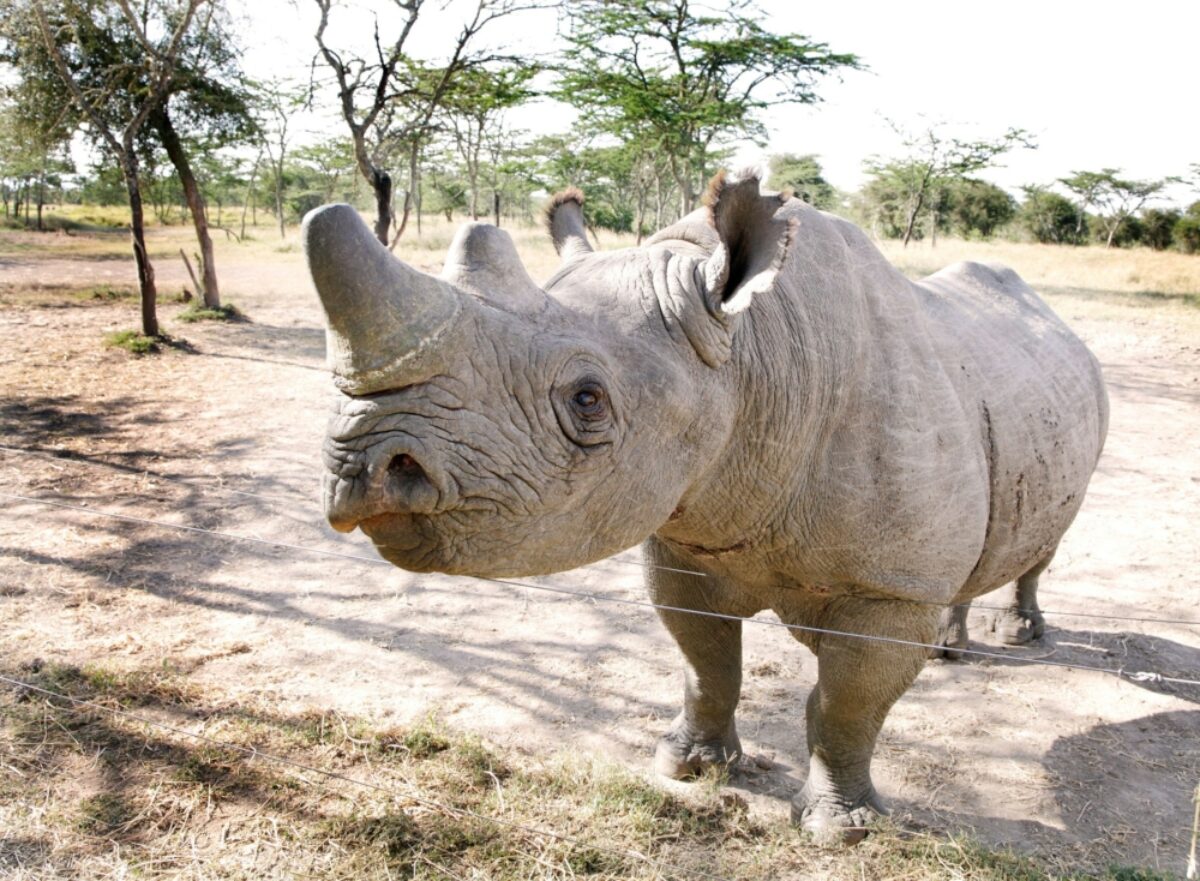
Laikipia is most famous for its rhino populations
The best Laikipia safari camps
Our expert's top picks
-
Laikipia
-
Ol Pejeta Conservancy
Laikipia wildlife
Laikipia hosts all the classic East African safari mammals, but is best known for its rhinos including the critically endangered northern white rhino.
Amongst all the megafauna wonder the region’s diverse birdlife is often overlooked but the variety of habitats here make the Laikipia plateau one of Kenya’s prime birding destinations.
The guides at most of the camps and lodges are real professionals and have an intimate knowledge of the area's habitats and what animals can be found where. It also helps that some of the cats, elephants and all the rhinos have radio collars and so can be easily found.
Laikipia safari highlights
Lewa
Thanks to the patronage of some of the British Royal Family, Lewa is perhaps the most famous of all Kenya’s conservancy. And for good reason: this is safari to order. Want to see a black rhino? No problem. One of the superb guides will manage to find one. Lions, cheetah, elephant. They are all found here in abundance.
And it’s not just the wildlife that’s outstanding. The landscape is cinematic in its scope. Rolling sun bleached grasslands, table flat acacia trees, meandering rivers and a backdrop of the glinting glaciers of Mt Kenya.
The other great thing about Lewa (and this is common to all the Laikipia area conservancies) is exclusivity. If you’re not a guest of one of the handful of lodges then you can’t go on a safari here.
Last of the kind
In March 2018, Sudan, the last male northern white rhino, died in the Ol Pejeta conservancy. As the last male of the species, with his death the northern white rhino became functionally extinct.
Or did it?
Two surviving females also live on Ol Pejeta and although there’s no chance of a natural conception, scientists are hoping to artificially inseminate the females with Sudan’s frozen sperm and thus, perhaps, ensure the species’ survival.
Learn about this fascinating story at Ol Pejeta and lay eyes on what is probably the rarest large animal on earth.
Baboons
Aggressive baboons have a much maligned reputation among both Kenyans and visiting tourists. But spend time with them and you’ll quickly understand that these are actually fascinating and intelligent creatures with a highly complex social life.
On the Laikipia plateau scientists have habituated groups of baboons to people and it’s now possible to go baboon tracking in a similar manner to the gorilla or chimpanzee tracking offered in Uganda and Rwanda.
This project is woefully under-promoted but spending a morning walking among a group of a hundred baboons is a thrilling experience – and when a huge, ferocious looking adult male bounds straight past within touching distance, it’s also a heart in the mouth experience!
Joining one of the baboon walks is every bit as exciting as gorilla tracking. And the good news is that it’s accessible to travellers on all budgets. Book in advance through BaboonsRUs, the same people can also arrange simple and fair priced accommodation in a local village.
Chimpanzees
There’s yet more communing with primates to be had in Laikipia, at the chimpanzee sanctuary at Ol Pejeta.
Chimps are not native to Kenya but this fenced in one kmsq area of forest houses chimpanzees rescued from the illegal pet trade and bushmeat orphans (many of the chimps have come from Burundi).
While a visit to the sanctuary is not like seeing them in the wild it’s still an interesting experience. Visits may be open to people not staying in one of the Ol Pejeta lodges.
Borana
One of the most impressive examples of farming, ranching and conservation melding into one happy bundle is the Borana Conservancy (www.borana.co.ke).
The iconic African landscapes here are home to several prides of lion, lots of elephant, wild dogs, cheetah and black rhino. Activities include game drives, horseback safaris, bush walks and an inside look at Boranas various conservation and community development projects.
Ngare Ndare Forest
It’s not all rolling savannah grasslands in Laikipia. The area is also home to the 13,000 acre Ngare Ndare Forest (www.ngarendare.org). The forest hosts huge numbers of forest bird and animal life and can be explored on foot. There’s also a unique 15m high canopy walkway which gives a monkey eye view of the forest.
Best time to visit Laikipia
Laikipia is pretty much a year-round destination although rainy season visits can be more challenging and many of the camps and lodges close over these periods.
Activities such as visits to the Ngare Ndare Forest, the baboon tracking and chimpanzee sanctuary visits are open year round.
How to get to Laikipia
There are daily flights from Nairobi Wilson airport to many of the Laikipia area conservancies. Connections to Samburu, Tsavo and the Masai Mara are also possible. The main operators are Air Kenya (www.airkenya.com) and Safari Link (www.flysafarilink.com).
Depending where in Laikipia you’re headed for by car it’s a four to six hour drive (excluding traffic congestion delays around Nairobi) from Nairobi. Remember though that most conservancies will not allow you to enter in your vehicle.

